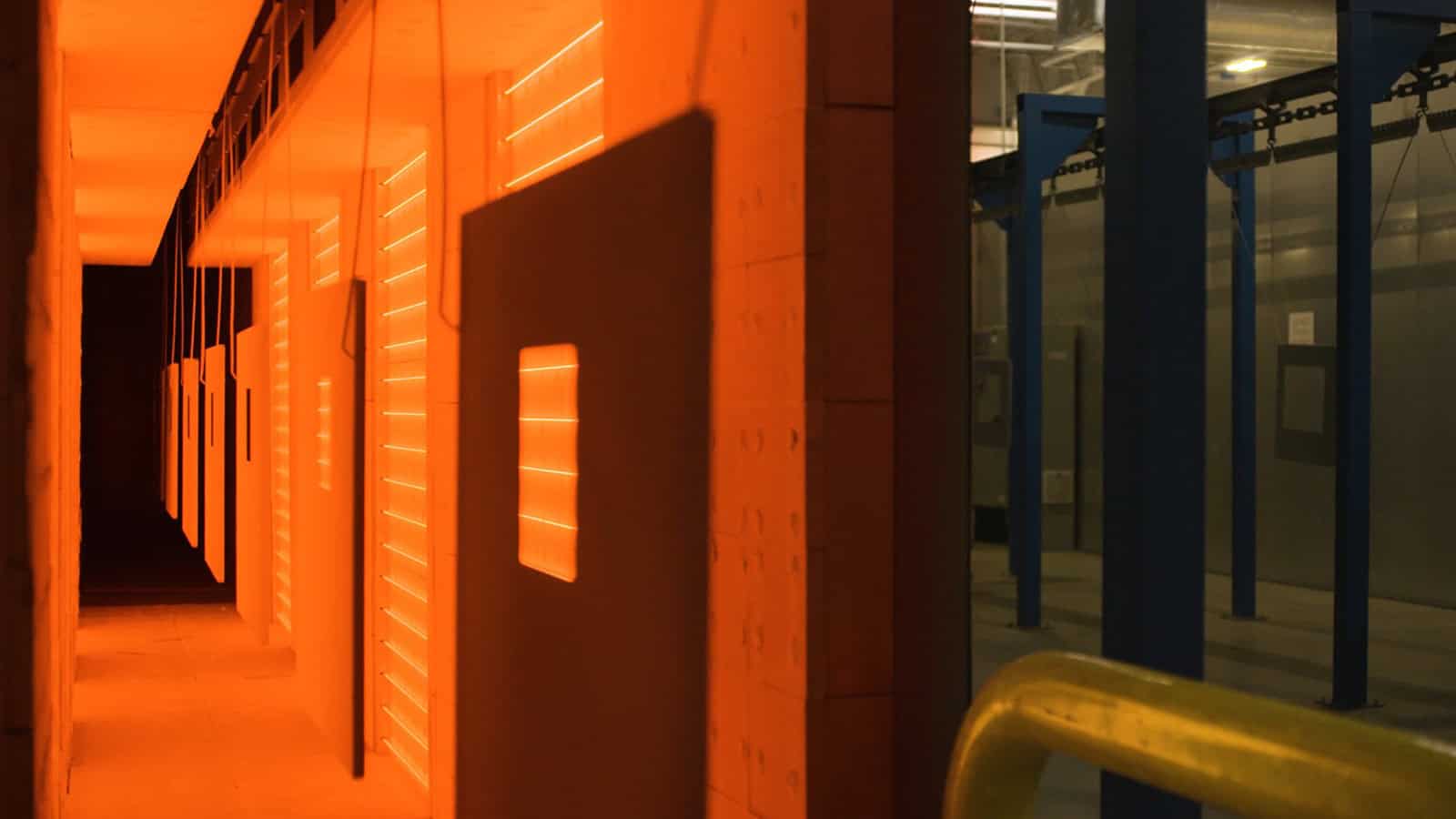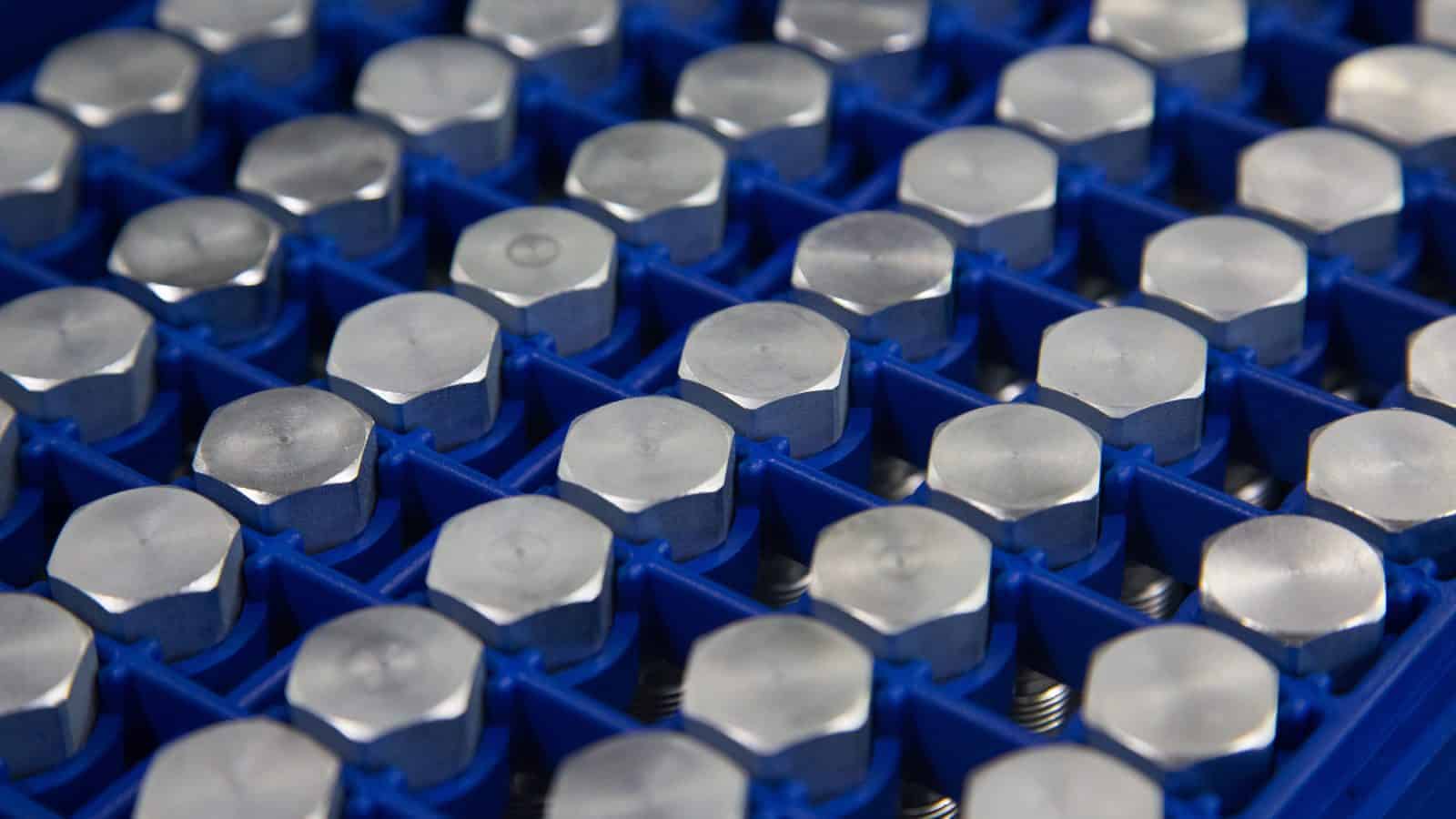Siemens Does More with Less

When Siemens sees a feasible way to save resources and improve efficiency, the company takes it.
Case in point: The global industrial manufacturing and technology business recently opened one of the first all-electric powder coating paint lines for the electrical distribution industry in the U.S., in Grand Prairie, Texas, to cut down on natural gas consumption.
- Siemens wholly replaced the original paint line to an all-electric system, which has reduced natural gas consumption by more than 90%, according to the company.
- “The timing was fortuitous,” said Stacy Mahler, U.S. head of sustainability for Siemens Smart Infrastructure. “We’d done an assessment of [the facility] and saw that our Scope 1 emissions were coming mostly from the paint line, which at 30 years old was due for replacement. The team realized that there was an opportunity to make an investment that would not only modernize the process but also lower the carbon footprint and help to manage the volatility in energy cost.”
- That change—made without interruption to plant operations because the new line was built alongside the old line—is part of Siemens’ larger goal to achieve a net-zero carbon footprint across its operations by 2030. It’s 55% of the way there already.
- Next up: assessing other company facilities globally for the same all-electric upgrade. One outcome of the effort in Grand Prairie is a cross-business team of experts working to replicate success at Siemens’ other facilities, like the newly expanded facility in Pomona, California, while sharing their knowledge with the broader manufacturing community.
Waste not: At its Spartanburg, South Carolina, site, Siemens is extracting and reusing waste oil found in materials on the floor.
- “We’ve partnered with a third-party company that provides the infrastructure within our own facility to take oil from rags and other materials, absorb it and then recycle or downcycle it,” Mahler told the NAM, adding that in the latter, the oil can be made available for other downstream applications.
- The impact is big, recycling about “3,000 pounds of oil-absorbent material that otherwise would have gone to landfill.”
From trash to energy: Siemens has also designated two of its American facilities—the one in Grand Prairie and another in Hingham, Massachusetts—as “landfill-free,” meaning that the sites incinerate all their nonrecyclable waste, producing thermal energy to power operations.
- “We’re taking waste that’s coming out of the facility, and instead of having waste management take it, we partner with a company that extends the useful life of the raw material and prevents it from sitting in a landfill,” Mahler said.
- The two-facility program redirects approximately 1,000 tons of waste each year.
Reusing metals: At its Roebuck, South Carolina, manufacturing center, Siemens uses a wastewater treatment process that recovers metals for reuse.
- The onsite system “extracts valuable metals—including copper, aluminum, tin and iron—from sludge that are a byproduct of painting and fabrication processes,” Mahler said. “These are then recycled instead of sent to the landfill.”
- Siemens recovers about 59,000 pounds of metal annually this way.
Even the windows: Siemens has also slashed energy consumption at its Fort Worth, Texas, facility using a unique type of window.
- Michigan-based glass solutions startup LuxWall recently installed its Enthermal Glass windows throughout the office in the Siemens plant. “The glass operates like a thermos, reducing both emissions and the energy bill,” according to Mahler.
- Installing the windows can cut a building’s emissions by 35% to 40% and reduce cooling costs by 20%, according to LuxWall.
- Siemens has been so impressed with the reductions it’s seen that it has even begun “sharing the product with our suppliers and customers.”
Onward and upward: Chief among Siemens’ sustainability goals for the coming years is “accelerating action across our other U.S. facilities, our supply chain and for the manufacturing sector as a whole,” said Mahler.
- “We’re trying to pave the way, show proof of concept and hopefully remove some of the barriers in the name of sustainability and more efficient operations.”
